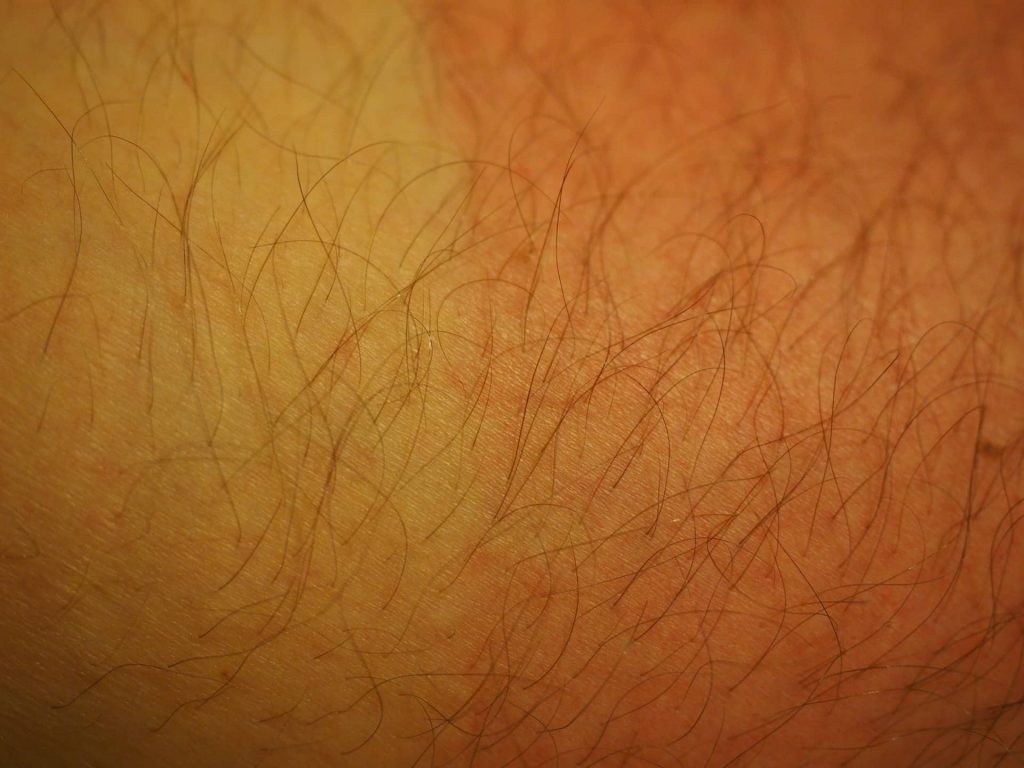Written by Mohammed Majrashi and Lauren Young, Edited by Amy Huynh

The sun has always provided us with beneficial advantages such as providing plants with energy for photosynthesis or giving us a dose of vitamin D. However, our exposure to the sun should be limited as it may cause irreversible damage. As seen through various forms of media, such as magazine articles or television shows, American culture has favored and advocated for a “tanned and bronzed” appearance. This look can be achieved through real sun exposure or tanning beds. Even though this image may be attractive in the moment, “tanned skin will forever contain cells whose genetic structures have been permanently damaged by the sun” [1]. As these cells become damaged and continuously replicate into more abnormal cells, the emergence of skin cancer evolves.
Exposing yourself to the sun means exposing yourself to UV radiation. UV radiation is a type of energy and is measured with wavelengths. There are different types of UV radiation, but the most common type of UV radiation is sunlight which consists of three main types of UV rays: UVA, UVB, and UVC [3]. UVA rays are the longest wavelengths, while UVB and UVC have shorter wavelengths [3]. The longer the wavelength, the easier for that UV ray to penetrate the skin. Usually, UVA rays permeate the deep middle layer of our skin called the dermis which has a tremendous impact on the formation of sunburns. Most people exposed to sun rays for a long period of time receive sunburns, but they are not often aware that sunburn is an indication of DNA damage to their skin cells caused by excessive exposure to UV radiation [4]. Leaving DNA damage to build up over time, causes skin cells to divide and grow uncontrollably which then manifests into skin cancer [4].
Even though UV rays are the biggest causes of skin cancer, it is not the only factor that plays. Heredity can play a part by making you more prone to being affected by the sun’s rays. Since darker skin contains more melanin, melanin provides a higher barrier against the sun’s rays but nevertheless can still be affected without sun protection. One of the common symptoms of skin cancer is atypical moles. Melanoma is the most life-threatening type of skin cancer that originates from moles. It can be indicated by its odd colors and shapes with the side effects of itching and bleeding. Despite its lethal factor, if diagnosed and treated early enough, skin cancer can be cured [2].
Luckily, there are some methods that people can adopt to prevent overexposure to harmful UV radiation from sun rays. To protect your skin from damage, avoid the sun between 10:00 A.M. to 4 P.M. when sun rays are the strongest [1]. Another prevention method is to wear protective clothing such as long and loose sleeve shirts and wide-brimmed hats that offer shade. Also, the darker the color of the garments, the more protection you will receive from sun rays because it provides a barrier from the sun rays [1]. The most effective way to protect your skin from sun rays is by wearing sunscreen with a sun protection factor (SPF) of 15 or higher and applying it to at high-risk areas such as the neck, arms, and legs. Sunscreens are able to provide protection from sun rays by absorbing, reflecting, and scattering sun rays [1]. So the next time you decide to enjoy the beach, make sure you are protected at all times.
References:
[1] “Sun Safety.” American Skin Association,
[2] “Skin Cancer Foundation.” Melanoma – SkinCancer.Org,
[3] Center for Devices and Radiological Health. “Tanning – Ultraviolet (UV) Radiation.” U S Food and Drug Administration Home Page, Center for Devices and Radiological Health,
[4] “How the sun and UV cause cancer.” Cancer Research UK, 22 June 2017,